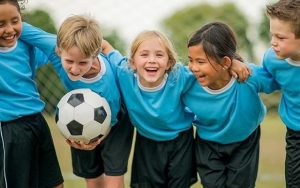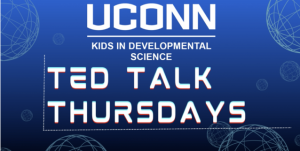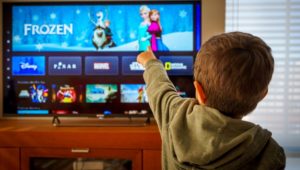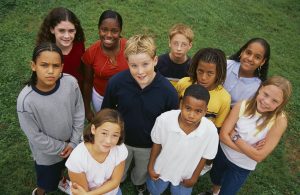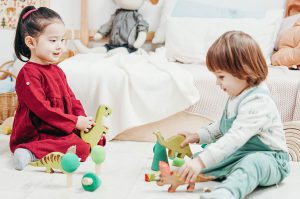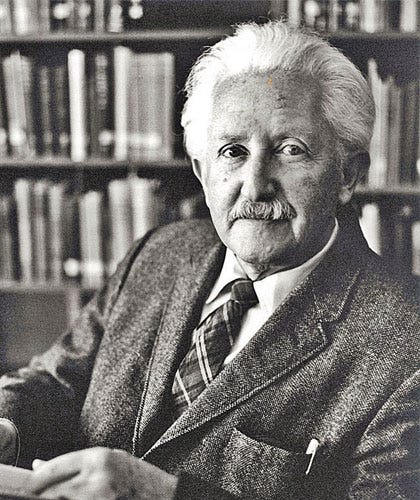Sports are very important for children’s growth and development in many ways. They help improve cognitive skills. Children who play sports often do better in school because they are able to concentrate better, solve problems more easily, and make good decisions.
When it comes to social growth, sports teach children how to work with others. Playing team sports helps them learn how to cooperate, communicate, and be leaders. They also learn how to get along with teammates and coaches, which helps them build friendships and feel like they belong to a group. Additionally, sports help children with their emotions. They learn how to handle stress, feel more confident about themselves, and deal with both winning and losing. These experiences teach them to stay positive and strong, even when things don’t go as planned. Learning these emotional skills is significant for their overall happiness and development. Furthermore, sports keep children physically healthy. Playing sports helps them stay fit. In today’s world, where many children spend a lot of time behind screens, sports are a great way for them to stay active and healthy.
In short, sports are much more than just exercise. They help children grow in many areas—mentally, socially, and emotionally. Encouraging kids to play sports can help them become well-rounded individuals with skills that will benefit them throughout their lives.
To read more, click here!
Jess Vo, UConn KIDS Research Assistant
